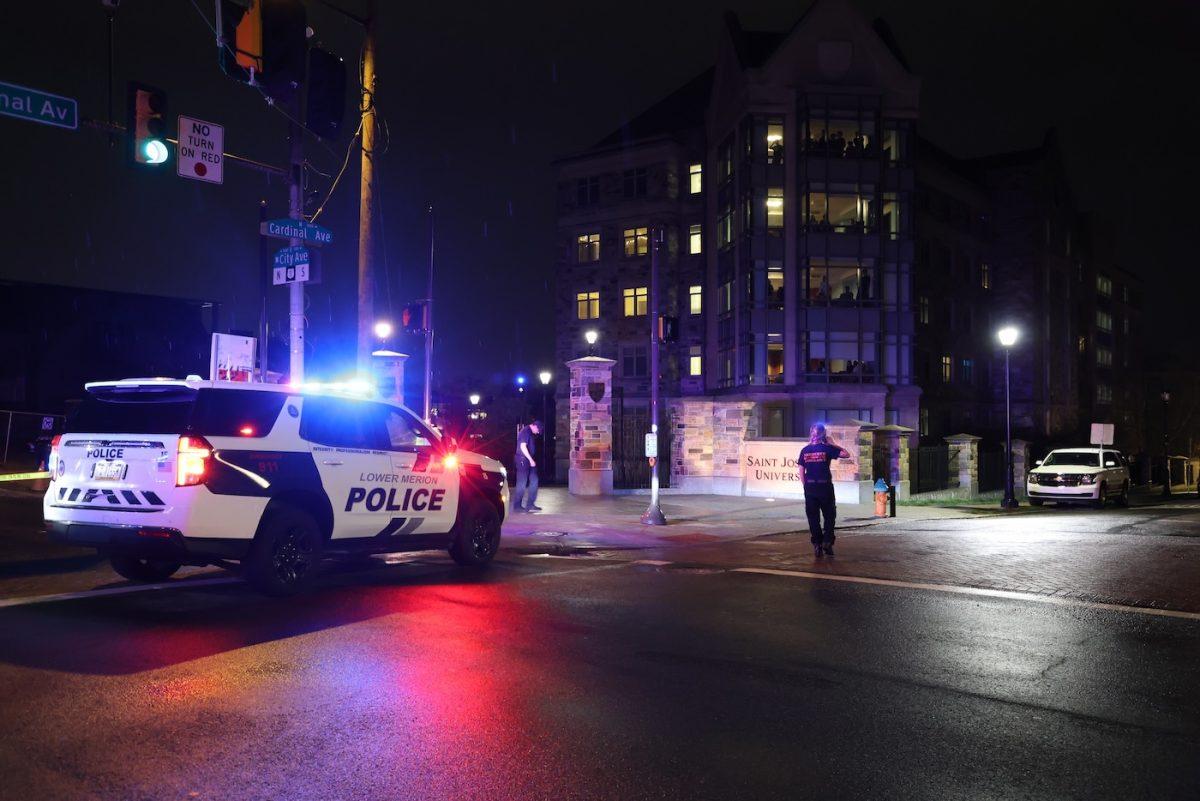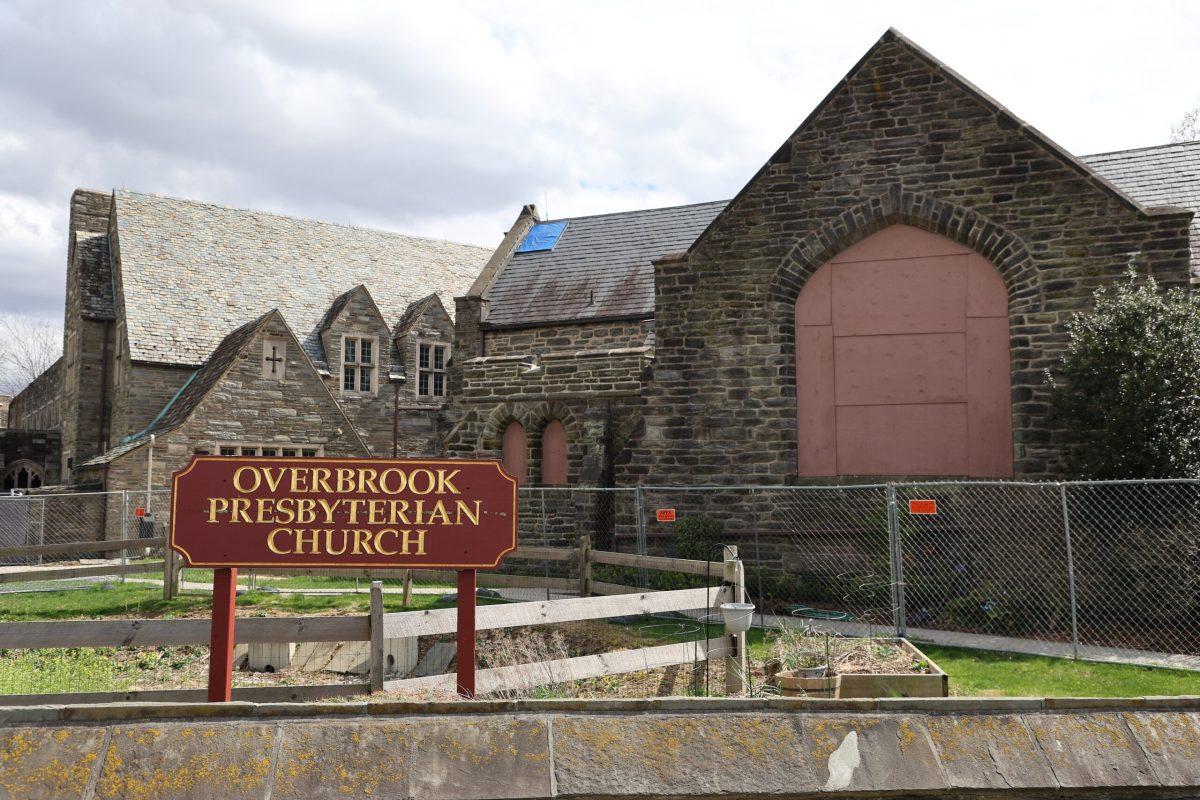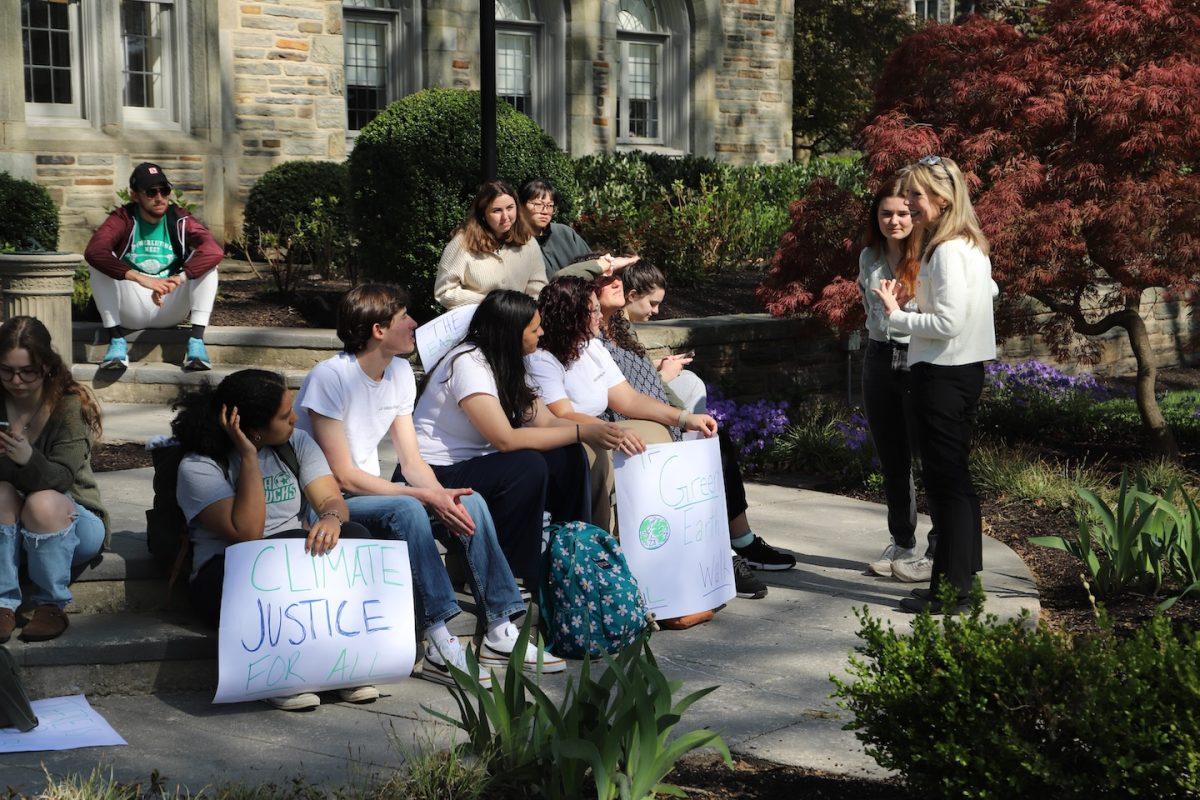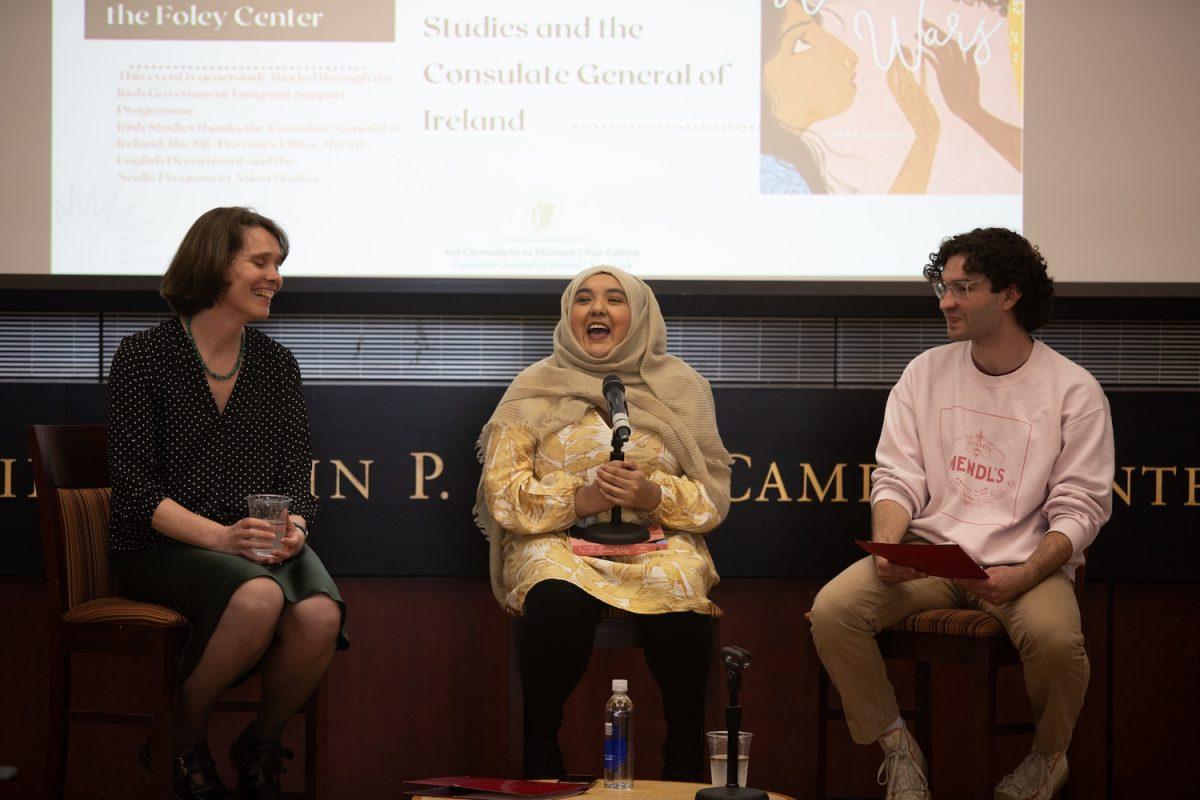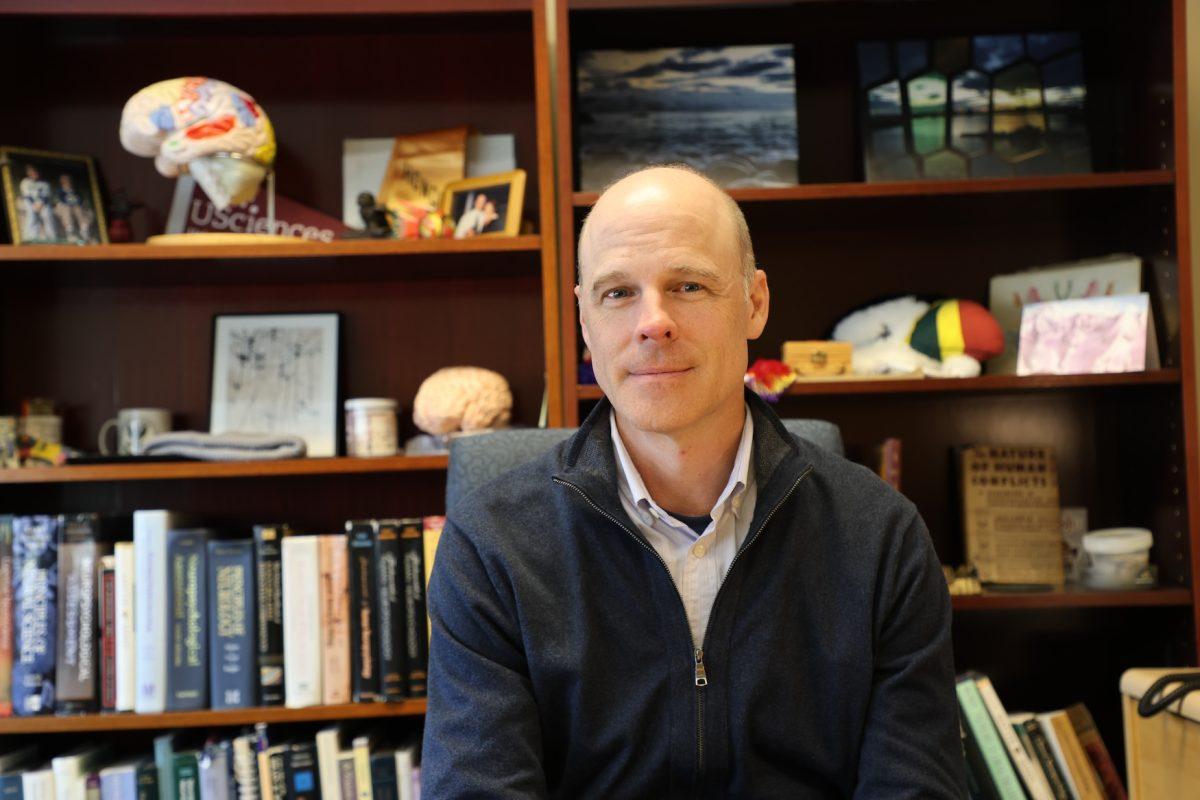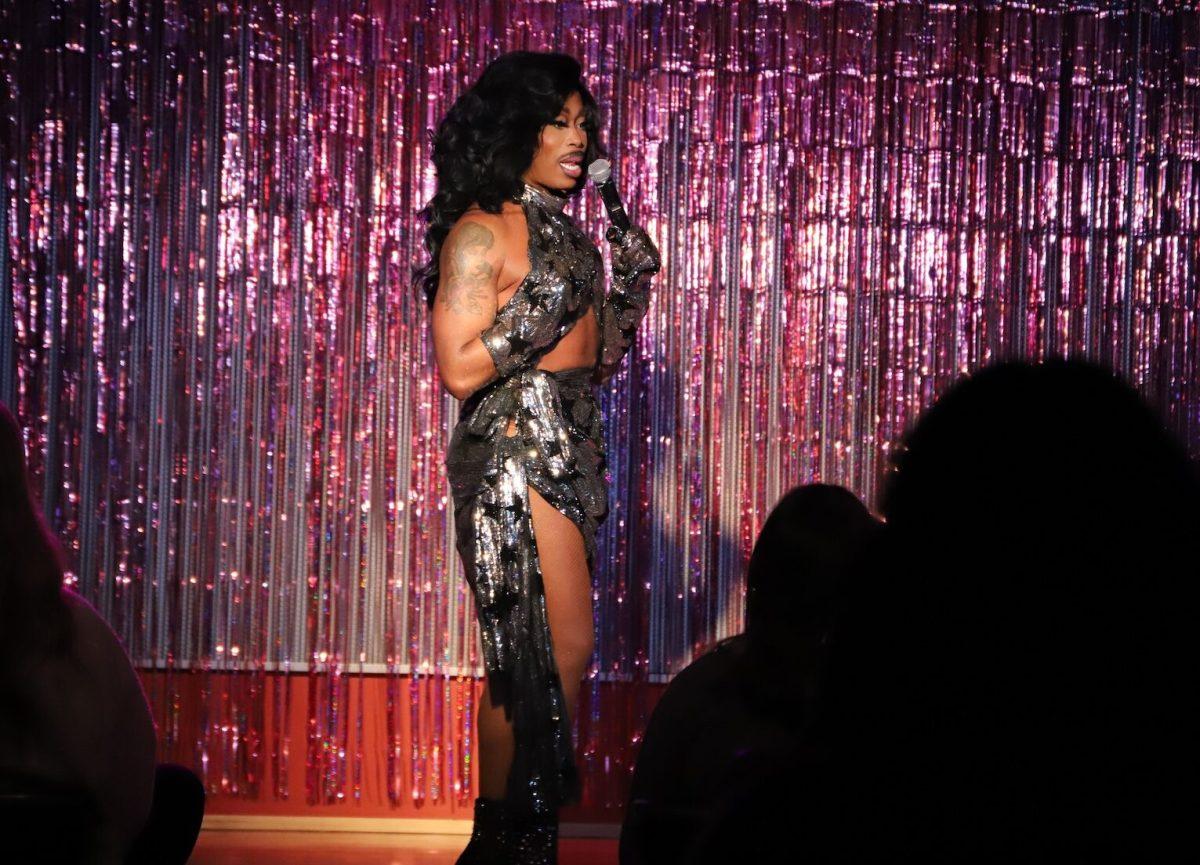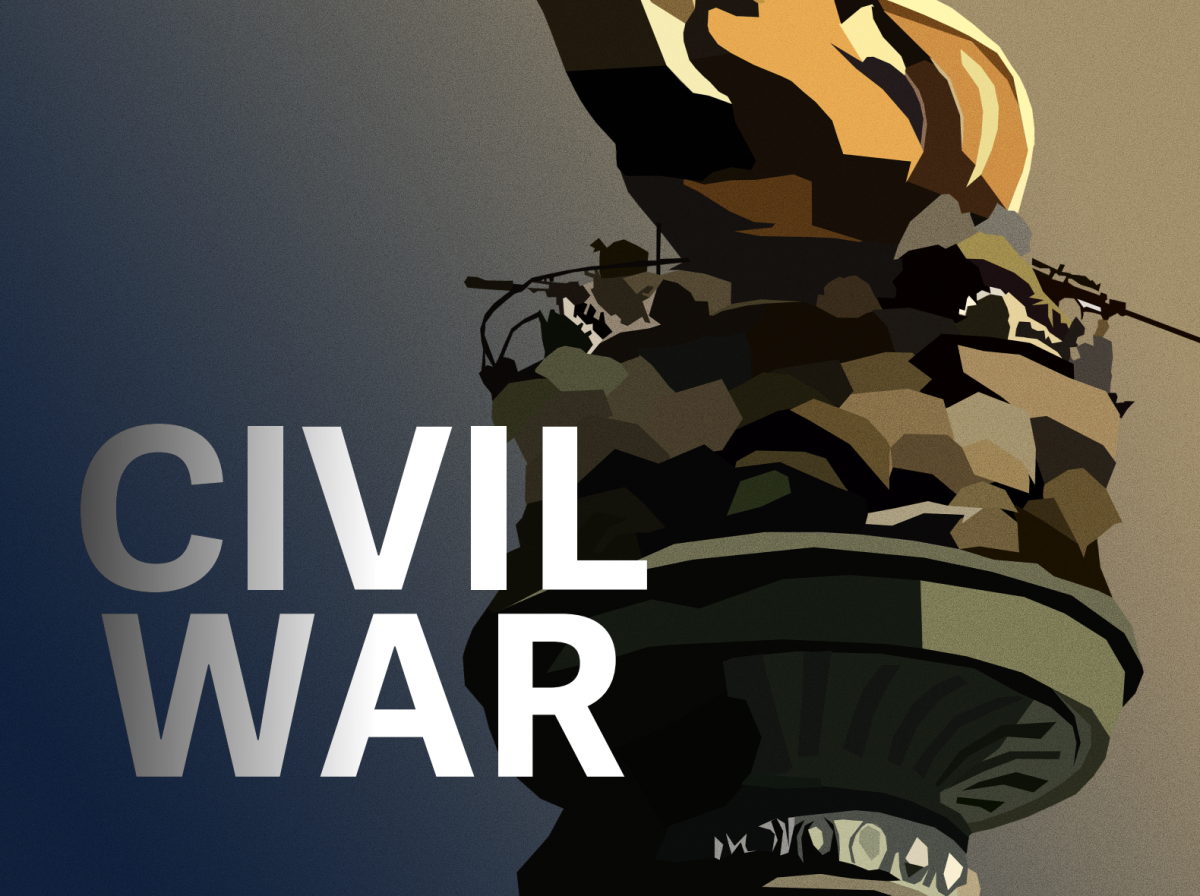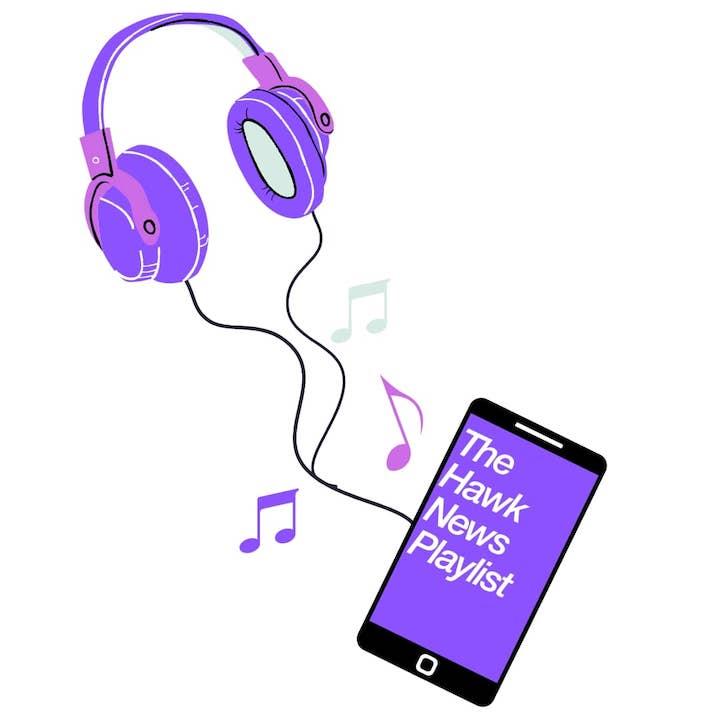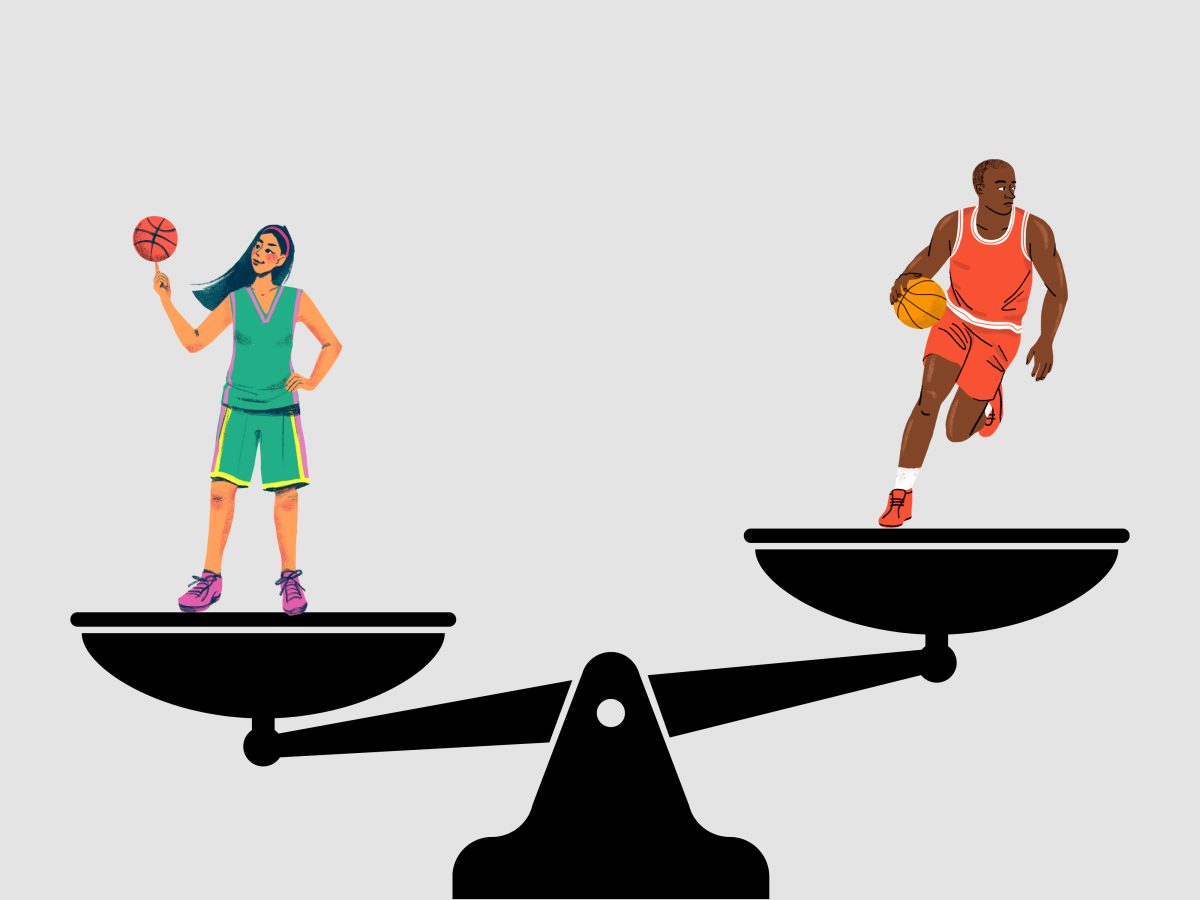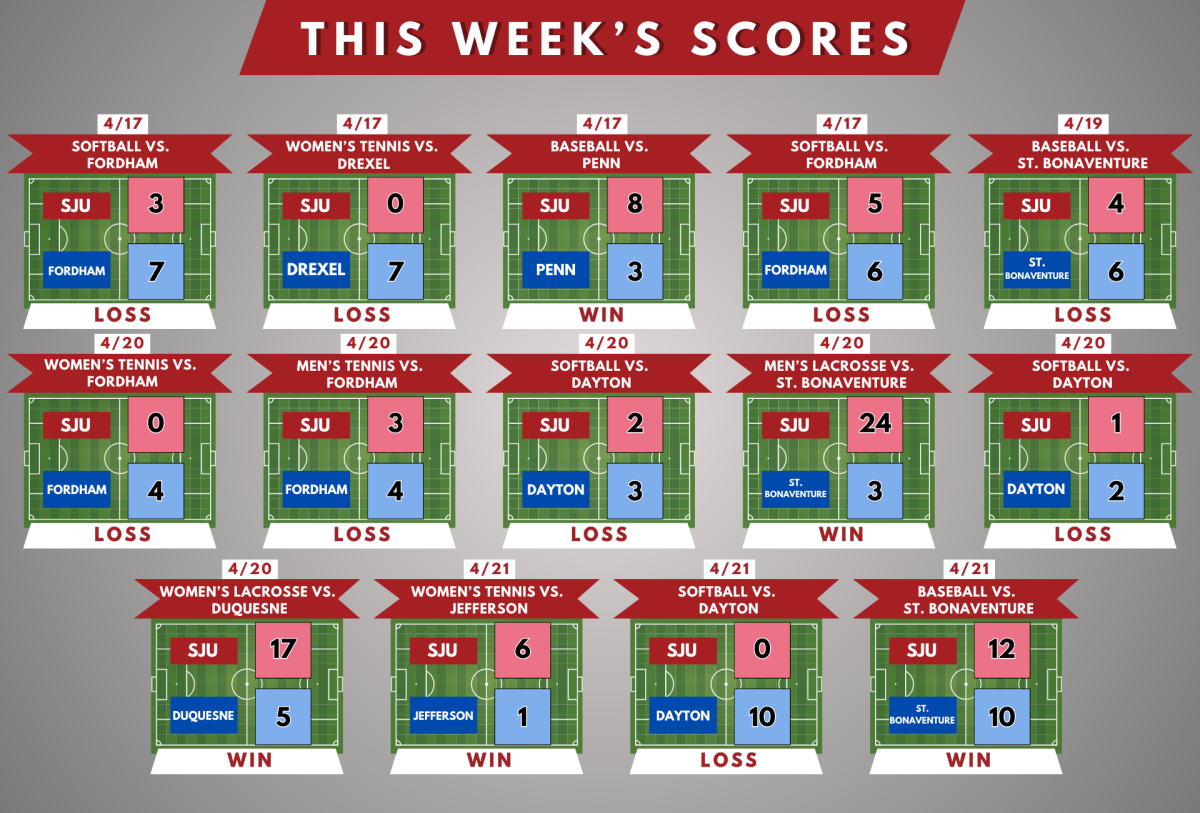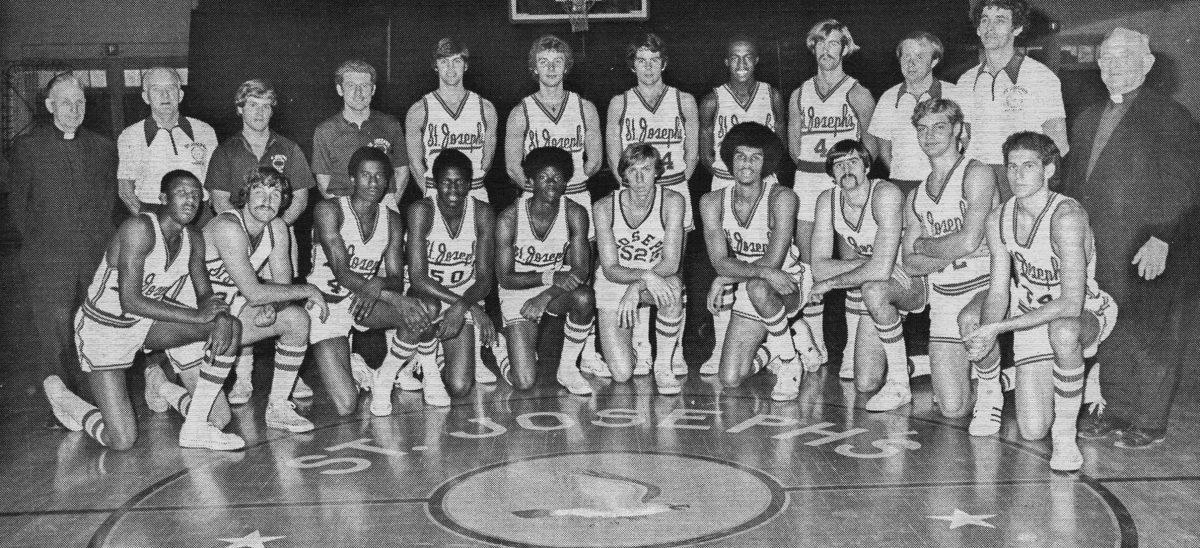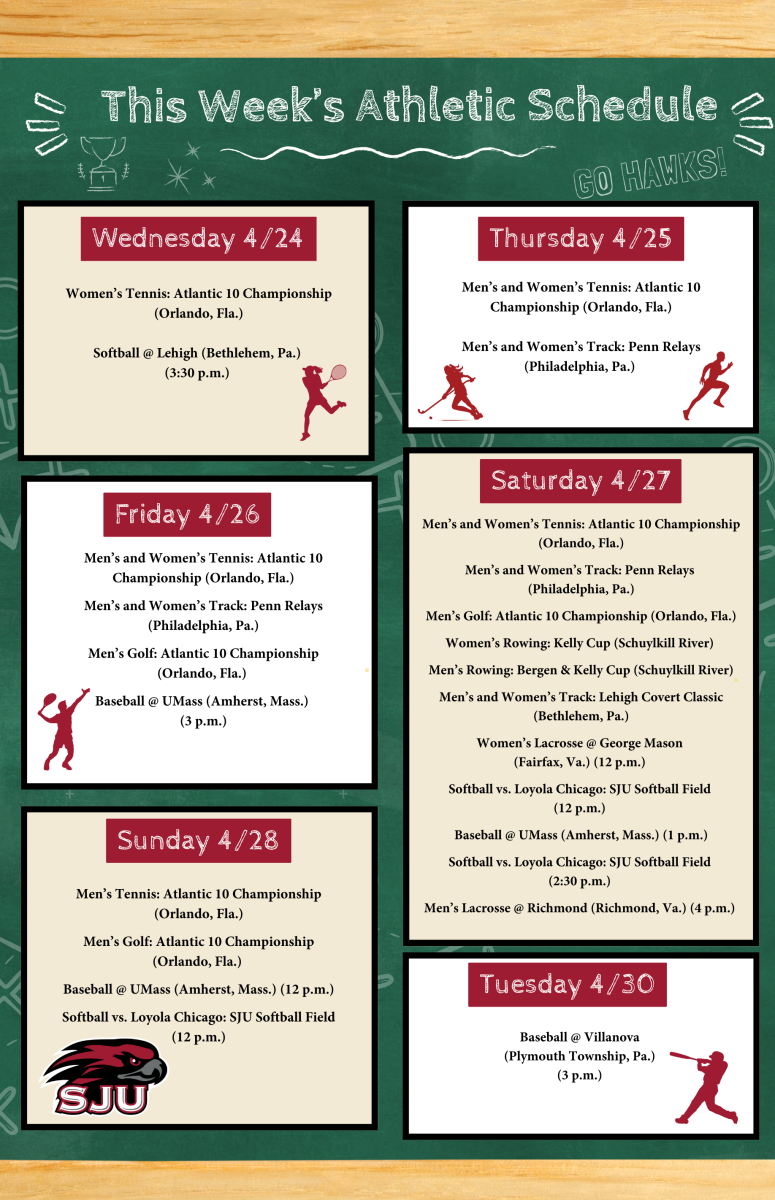At a St. Joe’s men’s basketball game in early 1976, fans in the La Salle University student section rolled out a white banner a foot and a half wide. The banner, which stretched across the student section from end to end, read “Black Hawks.”
Michael Thomas ’78, the starting small forward for the Hawks, remembered how the word “Black,” written in black, seemed to emphasize the color of St. Joe’s starting lineup: the men were all black.
“Back in the 1970s, it was wide open,” Thomas said. “You would say what you wanted to say, and people would just take it. You couldn’t roll out a banner like that today, talking about someone’s nationality or background.”
Thomas was one of five players from the 1975-76 season who made up the university’s first all-black starting lineup.
Former Head Coach Harry Booth put forward a starting five that season that consisted of Thomas, Willie Taylor, Zane Major ’79, Norman Black ’79 and Ed Benson ’77.
Twelve games into the season, on Jan. 18, 1976, this starting five faced Big 5 rival, La Salle at The Palestra. St. Joe’s wound up beating La Salle 86-75.
In December 1964, five months after President Lyndon B. Johnson signed the Civil Rights Act of 1964 into law, the Boston Celtics played the first all-black starting lineup in NBA history against the Milwaukee Hawks. The Celtics won 97-84.
Two years later, in 1966, NCAA men’s basketball featured its first all-black starting lineup. Texas Western College, now known as the University of Texas at El Paso, started five black players against an all-white University of Kentucky team. Texas Western beat the University of Kentucky 72-65 in the NCAA championship game.
The Texas Western players received death threats for playing in the game, leading the team’s head coach to cut all the phones off in their hotel rooms, according to a March 17, 2016 Associated Press story commemorating the 50th anniversary of the game.
Jamal Ratchford, Ph.D., an assistant professor of history at Colorado College who studies the role of black athletes in sports and has written extensively on the topic, said the passing of the Civil Rights Act didn’t necessarily make life easier for black athletes.
“It was a serious and divisive issue,” Ratchford said. “Many southern schools did not want their teams to play at home or on the road against teams with black athletes.”
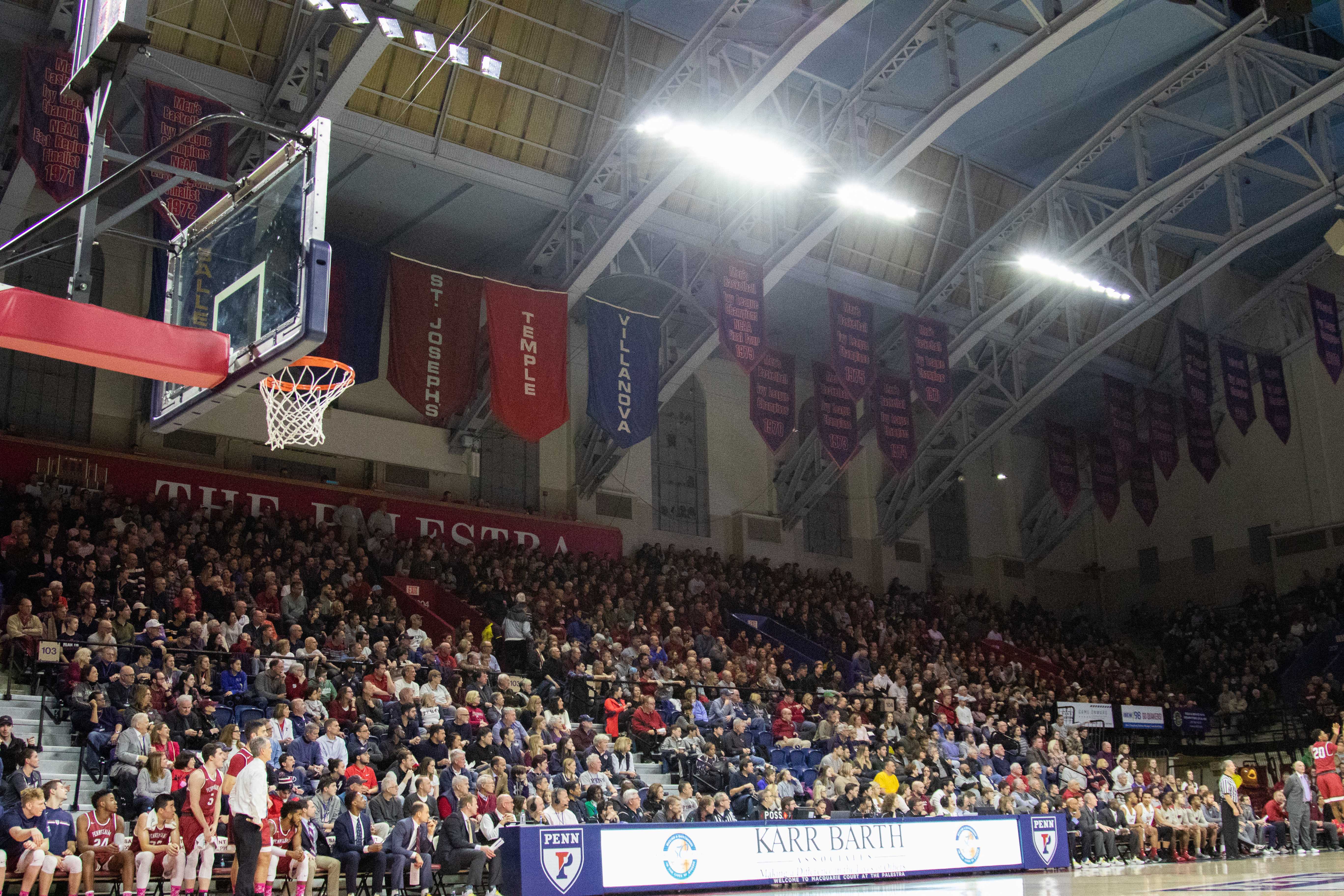
Benson, the St. Joe’s starting center during the 1975-76 season, said banners like the one unfurled by La Salle students were common in Big 5 play at the time. Benson recalled another banner, during a separate Big 5 game, that proclaimed “[Michael] Thomas is a burnt English muffin.”
“Back then there were no boundaries to quotes [on banners],” Thomas said. “You had to laugh and shake it off.”
Benson said the banners were supposed to be reviewed by both opposing head coaches before being displayed at games.
“The student body was responsible for these banners, and they were supposed to be scrutinized by both head coaches,” Benson said.
Benson said some fans weren’t used to black players representing their school.
“Fans stated that this wasn’t the traditional St. Joe’s basketball way,” Benson said. “People weren’t used to seeing five black players on the court for St. Joe’s. Ninety-five percent of the time it was fine, but there was that 5% of people that expressed their concerns about what they value as traditional St. Joe’s basketball.”
Thomas agreed that fans weren’t accustomed to seeing black players dominate the court for St. Joe’s.
“By completely flipping the switch, the whole dynamic changes,” Thomas said. “It was a big change to see five African Americans on the court at one time.”
But Benson said ultimately, whether it was a comment or banner from the stands, the team had to learn to dismiss it.
“We had a very small amount of people of color within the student body,” Benson said. “The students didn’t have that understanding to be aware of others. When you reflect upon that today, you would hope not to see it. You would hope that people would be more sensitive, understanding why you wouldn’t do something like that.”
No matter the reaction from fans at the time, Thomas acknowledged that being part of the first all-black starting lineup in the Big 5 was a significant moment in university history.
“It was a great thing because nothing bonds people together more than sports,” Thomas said. “We were trendsetters, and this is something that we brought forward. We’re proud of that.”

